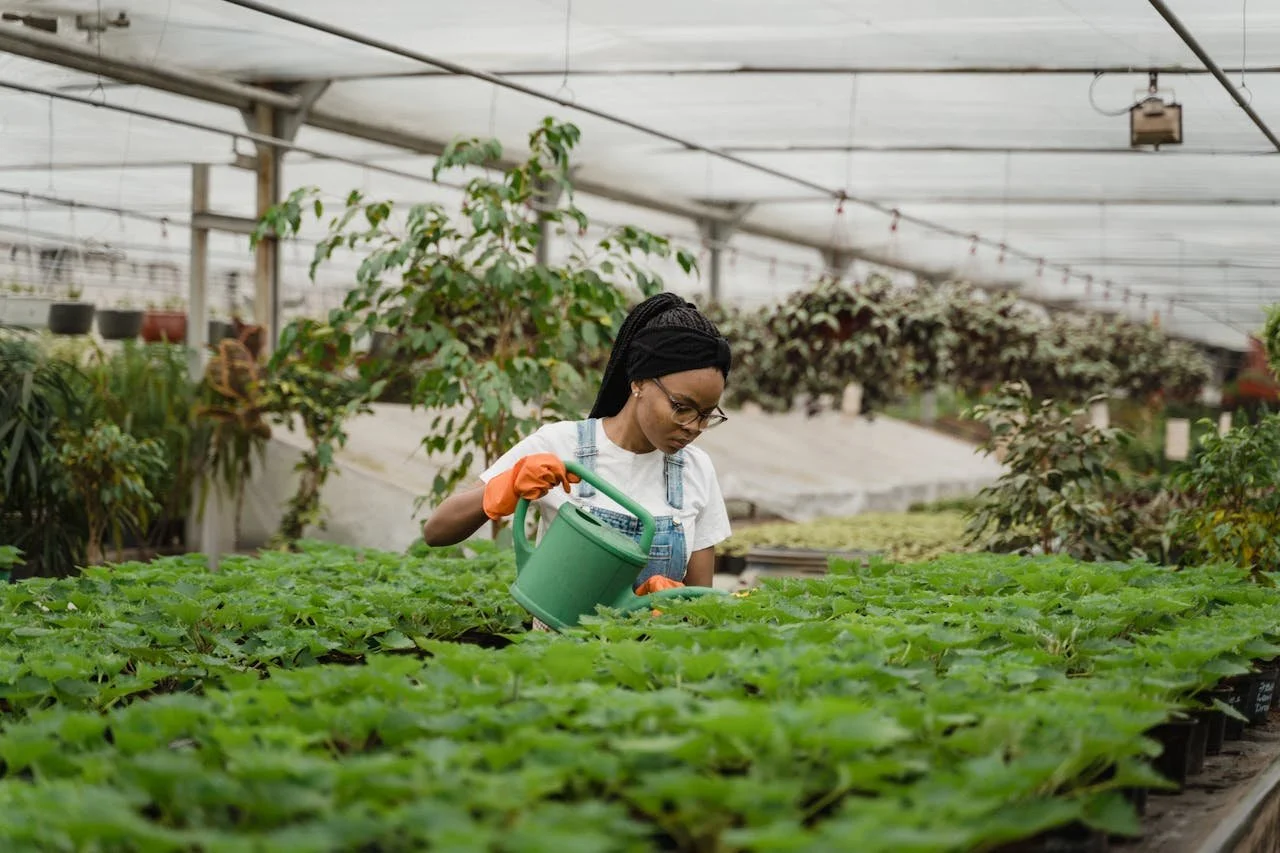Beyond the Farm: How Urban Agriculture is Reshaping Our Food System
For centuries, farming has been associated with vast rural landscapes, large-scale crop production, and traditional livestock operations. But today, a new wave of agriculture is taking root in cities, reshaping our food system and bringing fresh, locally grown produce to communities in need. Urban agriculture is not just a trend—it’s an essential part of a sustainable future, providing food security, economic opportunity, and environmental benefits in ways that conventional farming cannot.
The Growing Need for Urban Agriculture
The global food system is facing unprecedented challenges. Climate change, increasing urbanization, and supply chain disruptions have made food access more uncertain than ever before. Many urban communities, particularly those classified as food deserts, struggle to find affordable and nutritious food.
Urban agriculture offers a practical solution. By cultivating food closer to where people live, cities can reduce food miles, improve access to healthy produce, and build more resilient food networks. From community gardens to vertical farms, innovative agricultural methods are proving that fresh food can thrive beyond the traditional farm.
Key Benefits of Urban Farming
1. Tackling Food Insecurity
Food insecurity remains a significant issue in many urban areas, where grocery stores offering fresh produce are scarce. Urban farming initiatives help bridge this gap by providing local residents with access to affordable, nutrient-rich foods. Programs like community-supported agriculture (CSA) subscriptions and urban farm stands allow city dwellers to buy fresh produce directly from local growers.
2. Economic Growth and Job Creation
Urban farms create employment opportunities and support local economies. Small-scale urban farming businesses generate income through farmers' markets, restaurants, and direct-to-consumer sales. Additionally, urban agriculture programs provide valuable job training, equipping individuals with skills in horticulture, business management, and sustainability.
3. Environmental Benefits
Urban agriculture reduces carbon footprints by cutting down on transportation emissions. Green spaces created by urban farms also improve air quality, reduce heat island effects, and help manage stormwater. Innovative techniques like hydroponics and aquaponics make it possible to grow food in resource-efficient ways, conserving water and maximizing yields in small spaces.
Urban Agriculture in Action
Cities across the world are adopting urban agriculture as a strategy to combat food insecurity and revitalize communities. Some examples include:
Community Gardens: Neighborhood-led projects where residents cultivate shared green spaces to grow fruits, vegetables, and herbs.
Vertical Farms: High-tech indoor farms that utilize hydroponics and artificial lighting to produce food year-round.
Rooftop Gardens: Buildings repurposing their rooftops to grow food, reducing energy consumption and providing fresh produce to local markets.
Mobile Farmers Markets: Bringing fresh food directly to communities where traditional grocery stores are lacking.
Challenges and Policy Solutions
Despite its many benefits, urban agriculture still faces challenges. Zoning laws, land access issues, and limited funding can make it difficult for city farmers to scale their operations. Many municipalities have yet to recognize urban farming as a legitimate form of agriculture, leading to regulatory roadblocks.
Policymakers and agricultural professionals must advocate for updated zoning laws, tax incentives, and grants that support urban growers. Investing in educational programs and land-use policies that prioritize food production over commercial development can help integrate urban farming into city planning.
The Role of Agricultural Professionals
Many agricultural professionals have been trained with a rural-focused mindset, but as urban agriculture expands, so must our understanding of what constitutes farming. Extension services, universities, and industry experts must adapt their training and outreach programs to include urban farming models, offering support to growers working in nontraditional spaces.
By acknowledging urban farmers as key players in the food system, the agricultural industry can develop more inclusive solutions that bridge the gap between rural and urban food production. Collaboration between traditional farmers, urban growers, and policymakers will ensure that agriculture evolves to meet the needs of a rapidly changing world.
Join the Movement
Urban agriculture is not just about growing food—it’s about cultivating resilient communities, fostering economic growth, and creating a sustainable future. Whether you’re a policymaker, an agricultural professional, or a city resident looking to get involved, now is the time to support and invest in urban farming.
Call to Action: Want to learn more about how urban agriculture is shaping our future? Join the conversation at Growing Augusta: Arts, Agriculture, & Agency and be part of the movement!







